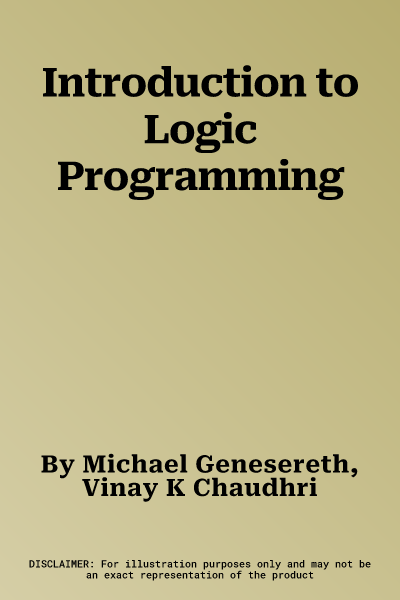Michael Genesereth
(Author)Introduction to Logic ProgrammingPaperback, 10 February 2020

Temporarily out of stock
Free Delivery
Cash on Delivery
15 Days
Free Returns
Secure Checkout

Part of Series
Synthesis Lectures on Artificial Intelligence and Machine Le
Print Length
219 pages
Language
English
Publisher
Morgan & Claypool
Date Published
10 Feb 2020
ISBN-10
1681737221
ISBN-13
9781681737225
Description
Product Details
Book Format:
Paperback
Date Published:
10 February 2020
Dimensions:
23.5 x
19.05 x
1.17 cm
ISBN-10:
1681737221
ISBN-13:
9781681737225
Language:
English
Location:
San Rafael
Pages:
219
Publisher:
Weight:
390.09 gm